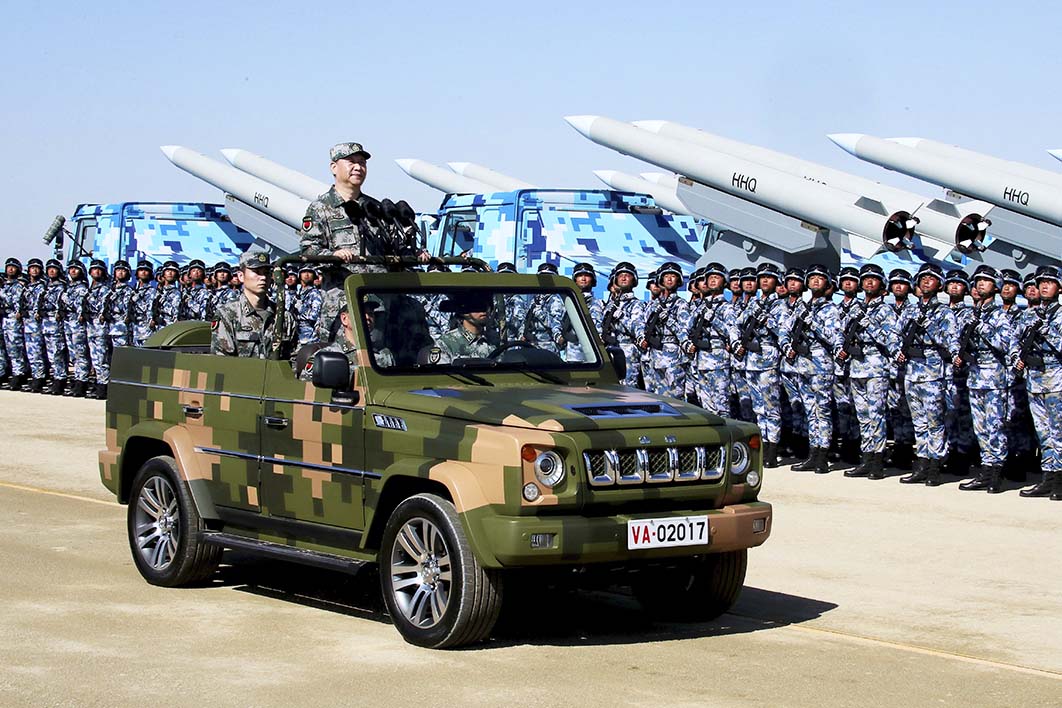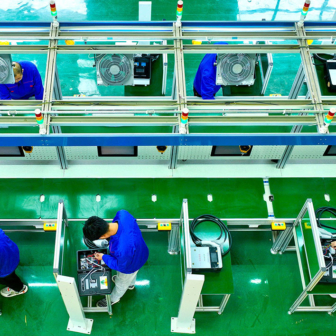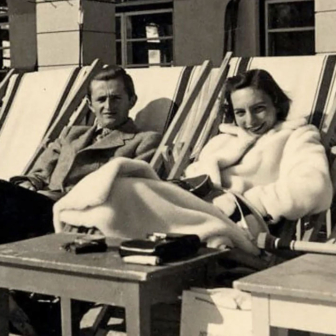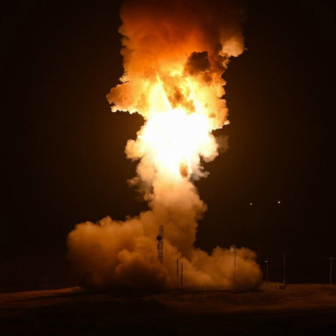One of Mao Zedong’s best-known remarks — that power grows from the barrel of a gun — helps explain why the People’s Liberation Army is the military wing of the Chinese Communist Party rather than of China itself. The PLA’s army, navy and air force divisions, all of which played a key role in the seventieth anniversary celebrations of the People’s Republic of China in September, are ultimately under the command of China’s most powerful leader in decades, party secretary Xi Jinping.
Mao’s successors appear to have taken his injunction very seriously. Watching closely when the Soviet Union collapsed in 1991, they were appalled to see the Red Army playing an independent, politically destabilising role, and they have since taken great care to ensure that the PLA can never operate as a kind of fifth column backing reformers against the government.
Those fears lay behind the party’s decision to abolish the PLA’s commercial operations, which had given it a measure of financial autonomy, in 1998. PLA leaders also ceased serving on the Standing Committee of the Politburo, the supreme power body in the country.
The tightening of political control continued under Xi Jinping. His high-profile anti-corruption campaign — a key element of a general move to centralise power and instil discipline — has been deployed partly to control the military more firmly. Two members of the PLA’s main directing body, the Central Military Commission, were removed after claims of corrupt behaviour in 2014–15, and the general office of the PLA, its chief strategic nerve centre, was purged around the same period.
These restraints on the PLA sit oddly with the outsized role it plays in the way the world sees China. China’s large-scale spending on military equipment, for instance, sits within a defence budget second only to the United States. The double-digit growth in military outlays every year since the late 1990s meant that by 2015, when a national parade in Beijing marked the seventieth anniversary of the end of the second world war in Asia, it was estimated that over two-thirds of the matériel on display was new.
A good example of this equipment is the DF-41, a new-generation land-based intercontinental ballistic missile that is capable of reaching America. Another is the world’s first unmanned combat aerial stealth vehicle, the Sharp Sword. The navy has acquired long-range offshore combat capabilities, and the country now possesses a strategic air–ground integrated air force, drastically strengthened strategic penetration capabilities, and an upgraded information and intelligence system.
For purveyors of the China Threat theory, this is all grist to the mill. On paper at least, China looks like a first-class fighting machine. Before getting too excited, however, we need to remember that not a single Chinese soldier has seen combat internationally (except in UN-led peacekeeping missions) since 1979, when China clashed briefly and largely unsuccessfully with Vietnam. For all-out war, the last major fight was another quarter of a century back, on the Korean Peninsula.
China’s military might have plenty of symbolic meaning, but its real capabilities in the field are unknown because they are largely untested. Even European powers like France and Italy have more modern-day fighting experience than the world’s most populous country.
This leaves the PLA with a challenge. How best, despite this lack of experience, can it be involved in the legitimate protection of China’s security interests, not just domestically but also abroad?
It is abroad, where China is now a significant investor, that the issues are most complex. In many of the areas covered by the Belt and Road initiative — Central Asia and the Middle East, for instance — local conditions are chronically unstable. At the moment, China is overly reliant on private security firms to protect its projects. The PLA does have a military installation in Djibouti, East Africa, and its navy has become much more active in the world’s seaways. But the fact remains that being the armed wing of the Communist Party means the PLA’s deployment abroad is extremely sensitive. Even when Chinese nationals were repatriated from Libya during the fighting in 2010, it was the Chinese foreign ministry that took the lead, not the PLA.
How long this degree of political control can continue is a moot point. The PLA’s domestic strength — so closely linked to the ruling party that the two sink or swim together — is also its greatest weakness abroad. Party rule seems strong within China’s borders, which is good for the PLA, but abroad there is suspicion and unease at the rise of a country with a political system like China’s, and a military so closely linked to it.
The day when the PLA is forced to intervene to protect China’s interests beyond its borders may well be growing closer. It will be hard for much of the world to witness without at least some trepidation. Yet, for all the fanfare within the country about the renewed, powerful PLA, the puzzle for foreign observers is not that it has such a high profile but that its influence within China is so slight. •




